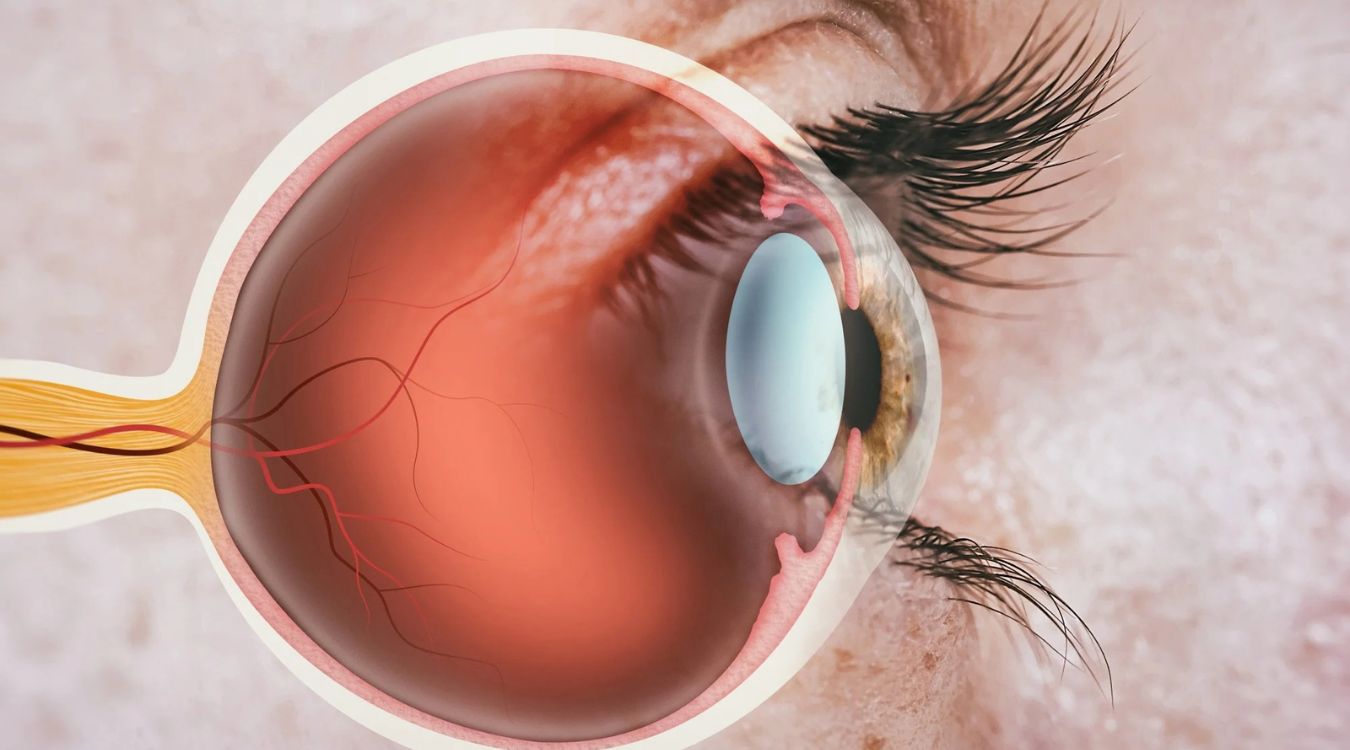
Familial bilateral optic nerve hypoplasia (ONH) is a rare eye condition affecting both eyes, where the optic nerves are underdeveloped. This can lead to vision problems ranging from mild impairment to complete blindness. ONH often presents at birth and can be associated with other neurological or hormonal issues. Understanding this condition is crucial for early diagnosis and management. In this blog post, we'll explore 25 intriguing facts about familial bilateral ONH, shedding light on its causes, symptoms, and potential treatments. Whether you're a parent, educator, or simply curious, these facts will provide valuable insights into this complex condition.
Key Takeaways:
- Familial Bilateral Optic Nerve Hypoplasia (ONH) is a rare condition affecting both eyes from birth, leading to vision issues. Genetic and environmental factors play a role, and early diagnosis is crucial for management.
- While there is no cure for ONH, treatments like vision therapy and assistive devices can improve quality of life. Families and individuals with ONH can find support through counseling, educational resources, and community programs.
What is Familial Bilateral Optic Nerve Hypoplasia (ONH)?
Familial bilateral optic nerve hypoplasia (ONH) is a rare congenital condition affecting the optic nerves in both eyes. This condition can lead to vision impairment or blindness. Understanding ONH can help those affected and their families navigate the challenges it presents.
-
ONH is a congenital condition: This means it is present at birth and results from underdevelopment of the optic nerves.
-
Affects both eyes: The term "bilateral" indicates that both eyes are impacted, which can lead to significant vision issues.
-
Genetic factors play a role: Familial ONH suggests a hereditary component, meaning it can run in families.
Symptoms of Familial Bilateral ONH
Recognizing the symptoms early can aid in managing the condition more effectively. Here are some common signs to look out for:
-
Reduced visual acuity: Individuals with ONH often have lower than normal vision.
-
Nystagmus: This is an involuntary, rapid movement of the eyes, which is common in those with ONH.
-
Strabismus: Misalignment of the eyes, also known as crossed eyes, can occur.
-
Light sensitivity: Many with ONH experience discomfort in bright light.
Causes and Risk Factors
Understanding the causes and risk factors can provide insight into how ONH develops and who might be at risk.
-
Genetic mutations: Specific genetic mutations can lead to the development of ONH.
-
Environmental factors: Exposure to certain environmental factors during pregnancy may increase the risk.
-
Family history: A family history of ONH or other optic nerve issues can elevate the risk.
Diagnosis of Familial Bilateral ONH
Early and accurate diagnosis is crucial for managing ONH. Here are some methods used by healthcare professionals:
-
Ophthalmic examination: A thorough eye exam can reveal underdeveloped optic nerves.
-
MRI scans: Imaging tests like MRI can provide detailed pictures of the optic nerves.
-
Visual field tests: These tests measure the extent of the visual field and can help assess the impact of ONH.
Treatment and Management
While there is no cure for ONH, various treatments and management strategies can improve quality of life.
-
Vision therapy: Specialized exercises can help maximize remaining vision.
-
Assistive devices: Tools like magnifiers and screen readers can aid daily activities.
-
Educational support: Tailored educational plans can help children with ONH succeed in school.
Living with Familial Bilateral ONH
Living with ONH involves adapting to challenges and finding ways to thrive despite vision impairment.
-
Support groups: Connecting with others who have ONH can provide emotional support and practical advice.
-
Regular check-ups: Ongoing medical care is essential to monitor and manage the condition.
-
Adaptive skills training: Learning new skills can help individuals with ONH navigate their environment more effectively.
Research and Future Directions
Ongoing research aims to better understand ONH and develop new treatments.
-
Genetic research: Scientists are studying the genetic basis of ONH to find potential therapies.
-
Stem cell therapy: Experimental treatments like stem cell therapy hold promise for future interventions.
-
Technological advancements: Innovations in assistive technology continue to improve the lives of those with ONH.
Support for Families
Families of individuals with ONH also need support and resources to cope with the condition.
-
Counseling services: Professional counseling can help families manage stress and emotional challenges.
-
Educational resources: Access to information about ONH can empower families to make informed decisions.
-
Community programs: Local organizations often offer programs and services for families affected by ONH.
Understanding Familial Bilateral Optic Nerve Hypoplasia
Familial bilateral optic nerve hypoplasia (ONH) is a rare condition that affects the optic nerves in both eyes. This condition can lead to vision impairment or blindness. It's crucial to recognize the symptoms early, such as nystagmus (uncontrolled eye movements) and strabismus (crossed eyes). Early diagnosis and intervention can help manage the condition better.
Genetic factors play a significant role in ONH. If there's a family history of the condition, genetic counseling might be beneficial. While there's no cure, treatments like vision therapy, glasses, and sometimes surgery can improve quality of life.
Raising awareness about ONH can lead to better support and resources for affected families. By understanding the condition, we can foster a more inclusive environment for those living with ONH. Stay informed, seek medical advice, and support ongoing research to help those affected by this challenging condition.
Frequently Asked Questions
Was this page helpful?
Our commitment to delivering trustworthy and engaging content is at the heart of what we do. Each fact on our site is contributed by real users like you, bringing a wealth of diverse insights and information. To ensure the highest standards of accuracy and reliability, our dedicated editors meticulously review each submission. This process guarantees that the facts we share are not only fascinating but also credible. Trust in our commitment to quality and authenticity as you explore and learn with us.
